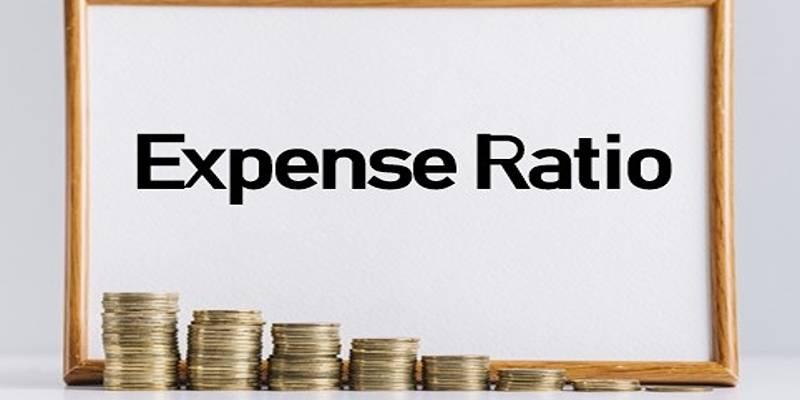When it comes to investing in the S&P 500, two names consistently stand out—VOO and SPY. Both of these exchange-traded funds (ETFs) are designed to give investors exposure to the 500 largest publicly traded U.S. companies, and they’ve each developed loyal investor bases over the years.
However, while they appear nearly identical on the surface, there are subtle but important differences that can influence long-term outcomes depending on an investor’s goals and strategy. This post explores the nuances of VOO vs SPY, helping investors understand which fund may align better with their individual financial goals.
Key Differences Between VOO and SPY
While VOO and SPY aim to replicate the same index, they are structured differently, charge different fees, and appeal to slightly different types of investors. Below are the key distinctions that set them apart.
Fund Providers and Launch Dates
VOO is managed by Vanguard and was launched in 2010. Vanguard is widely respected for its client-owned structure and focus on low-cost investing. VOO reflects that mission by offering a competitively priced product built for long-term investors looking for low fees and broad market exposure.
SPY is managed by State Street Global Advisors and holds the distinction of being the first ETF launched in the U.S., debuting in 1993. Its longevity and reputation as a pioneer in the ETF space contribute to its popularity among institutional investors and high-volume traders.
Expense Ratios

VOO has a lower expense ratio of 0.03%, making it one of the cheapest S&P 500 ETFs on the market. This low annual cost benefits long-term investors, as even small differences in fees can compound into significant savings over decades.
SPY charges a higher expense ratio of 0.09%, which is still considered low by industry standards but triple that of VOO. For investors who trade frequently or hold large positions over long periods, this difference in cost can noticeably impact net returns.
Share Price and Structure
VOO operates as an open-end fund, which allows it to reinvest dividends internally more efficiently. This structure may result in slightly improved compounding over time, especially for investors who opt for automatic reinvestment of dividends.
SPY is structured as a unit investment trust (UIT), which requires dividends to be held in cash until they are paid out. This limitation can lead to minor inefficiencies in reinvestment timing and may reduce overall compounding performance over time.
Dividend Distribution
VOO pays dividends quarterly and benefits from a structure that permits immediate reinvestment of dividends. It makes it a preferred choice for long-term investors who prioritize compound growth and tax efficiency in taxable accounts.
SPY also distributes dividends quarterly, but its UIT structure restricts reinvestment before distribution. While the overall dividend yield remains comparable to VOO’s, the slower reinvestment mechanism can slightly dampen performance in compounding scenarios.
Trading Volume and Liquidity
VOO has high liquidity, with ample daily trading volume to meet the needs of most long-term investors. Although it does not match SPY’s volume, it still offers tight bid-ask spreads and efficient execution for regular trades.
SPY is the most traded ETF in the world, with a massive daily trading volume that supports instant execution even for very large trades. This liquidity makes it ideal for institutional investors, short-term traders, and anyone needing precise entry and exit timing.
Tax Efficiency
VOO is considered more tax-efficient, thanks to Vanguard’s patented share class structure. This structure helps minimize taxable capital gains distributions, making it a better choice for investors with taxable brokerage accounts.
SPY is generally tax-efficient as well due to its low turnover, but it lacks the structural advantages of VOO. As a result, it may occasionally distribute small amounts of capital gains, which could increase tax liabilities for some investors.
Minimum Investment Requirements

VOO does not have a strict minimum investment when purchased through a brokerage that offers fractional shares. However, when bought directly from Vanguard, investors may need to purchase full shares, which could be a consideration for those starting with smaller amounts.
SPY also does not require a minimum investment, and because it trades on the NYSE like a stock, it’s easily accessible to all investors through most brokerage platforms. Its high share price may make it less convenient for small investors without access to fractional shares.
Long-Term Performance Comparison
VOO has shown slightly better performance over long periods, largely due to its lower expense ratio and more efficient internal handling of dividends. These incremental benefits can result in meaningful differences when compounded over 10, 20, or 30 years.
SPY performs nearly identically in the short term, given that both funds track the same index. However, the higher expense ratio and UIT dividend mechanics may cause it to lag just slightly behind VOO in extended timeframes, particularly in tax-sensitive accounts.
Which Fund Should You Choose?
The choice between VOO and SPY depends largely on the investor’s goals, time horizon, and preferences. Both funds are excellent tools for gaining exposure to the S&P 500 and building a diversified equity portfolio.
For those who prioritize ultra-low costs, tax efficiency, and long-term investing, VOO is often the preferred option. Its structure is designed with long-term investors in mind, and its cost advantages compound over time.
For active traders, institutional investors, or those who need high intraday liquidity, SPY may be a better fit. Its enormous trading volume makes it ideal for tactical strategies and large-scale moves in and out of the market.
However, Retail investors who use platforms that allow fractional share investing may find little difference in usability between the two. But for those without that feature, VOO’s lower share price may make dollar-cost averaging easier to manage.
Conclusion
Both VOO and SPY are outstanding ETFs for gaining exposure to the S&P 500. While they share the same goal and nearly identical holdings, subtle differences in cost, structure, and efficiency can impact long-term outcomes.
Investors seeking a fund to hold for decades, reinvest dividends, and minimize costs may find that VOO is the better fit. Meanwhile, traders and institutions looking for fast execution and abundant liquidity may continue to lean toward SPY.












